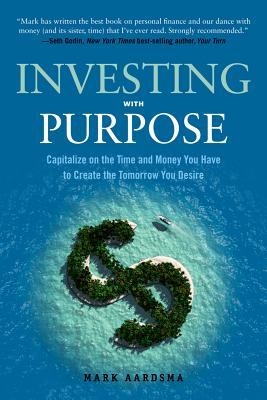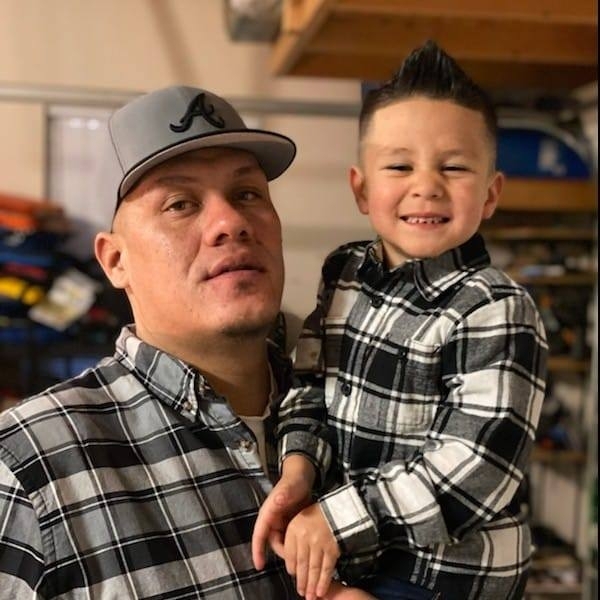
1 > Reflect Before You Race
Ten years before I wrote this, my employer lost the majority of its
funding and I lost my job. I had a wife and two young children. We were
partway through major renovations on the 104-year-old farmhouse we lived
in, near a tiny town in rural Illinois. I didn’t have a college degree, family
with money, or an employment backup plan. We had recently spent most of
our savings on materials for our home renovations. We had two or three
thousand dollars to our name.
I didn’t have enough money to invest, but I still got to be an investor. I
got to decide how to use the resources I had, including my time.
The first investment decision I made was to become self-employed.
Instead of hitting the streets to look for a new job, I stepped down the
wooden stairs to the basement of that old farmhouse. I ducked under a
beam at the bottom of the stairs, swept cobwebs away from my face, and
looked around. It was creepy. The walls were old cinder block that someone
had since sprayed with a green coating to keep water from seeping in.
There were still plenty of slimy drip trails on the walls, with green algae
that almost matched the coating. And it was cold.
I used one side of the old coal bin for one wall of my new office. A
kitchen table from the 1950s became my desk. I moved my computer from
upstairs, and connected it to my dial-up Internet modem. I wired a light
fixture overhead, plugged in a space heater, and hung plastic drop cloths
around three sides of the space to keep the warm air close. Total budget for
my new office: $0 up-front and $0 a month.
Believe me, my first day sitting down at that desk was not filled with
feelings of pride and self-assurance. I didn’t even tell my friends what I was
doing. I didn’t want the embarrassment of explaining that it didn’t work
out.
I knew I wanted to support my family, stay productive, and build
interesting things. I knew I was long on time and short on cash. I knew the
highest-paying skill I had developed up to that time was computer
programming. That day I searched the Internet for postings from small
business owners offering to pay for custom software development. I
actually did a small project for one of them and earned $59. I’d written
software as a job before and made more than $59 in a day, but this was
different. For the first time I owned the long-term value of the client
relationship—and, much more importantly, I owned the copyright to the
software I created. I wasn’t just trading my time for cash to pay my bills for
another day. I was building long-term value into something I owned. This
incredible privilege of owning what I was building came to me courtesy of
capitalism, and my willingness to take an emotional risk. That’s it. It didn’t
cost me any money.
I had no idea, nor even a wish, that what I started building would lead
to dramatic personal change and multi-million-dollar financial results. I did
have just enough clarity about my bigger picture to guide the investment
decisions I made that day.
Bring the Future Into Focus
At its core, investing is the practice of choosing your present actions
intentionally to produce the results you want at a later time.
This is unnatural. We humans tend to reach for what we want now, and
we find it difficult to look ahead to a later time. The present, with all its
sensory experience, feels much more real than the future, which can only be
imagined. We are not naturally investors. We are wired to prioritize short-
term survival, not to maximize long-term results.
Sound investment thinking has totally different DNA. It’s always
looking ahead. It habitually imagines the future while making present
decisions. It’s always acting like the future is just as real as the present,
because it is.
How are you at looking ahead? Try it with this scene.
A nurse, the smiling one in daisy-printed scrubs, guides your
wheelchair down the hall, through the TV lounge, and outside the double
doors. It’s a warm day, perfect for sitting on the long, shaded, wooden
porch.
She parks you at the far end and leaves you to the quiet afternoon.
You’re turning 100 tomorrow.




